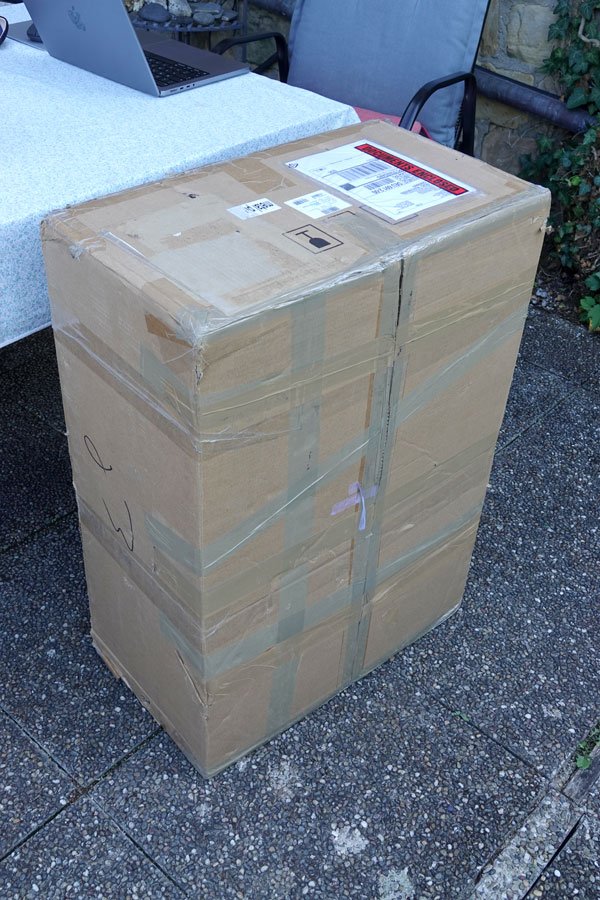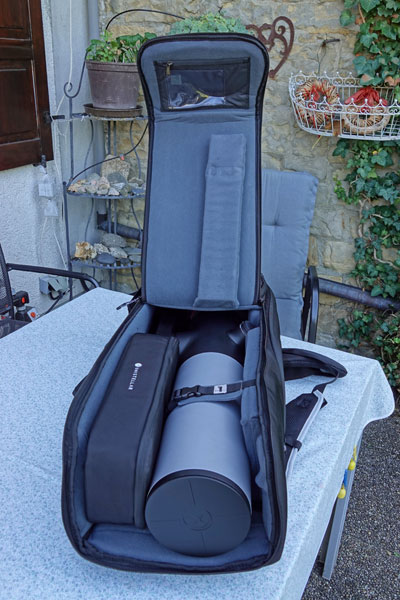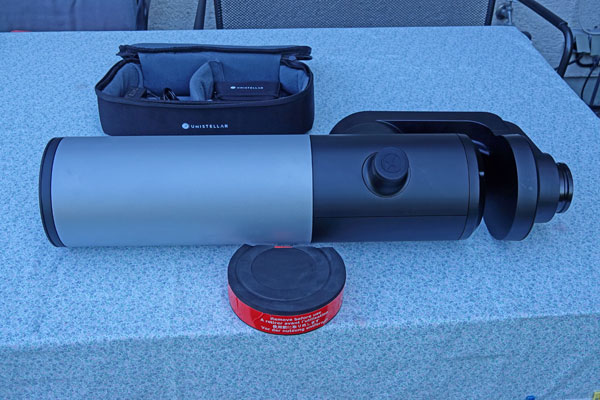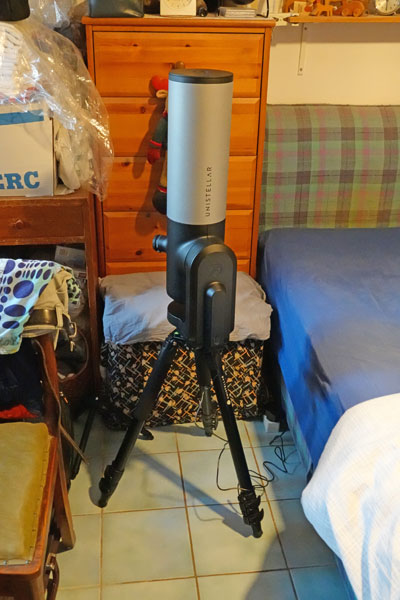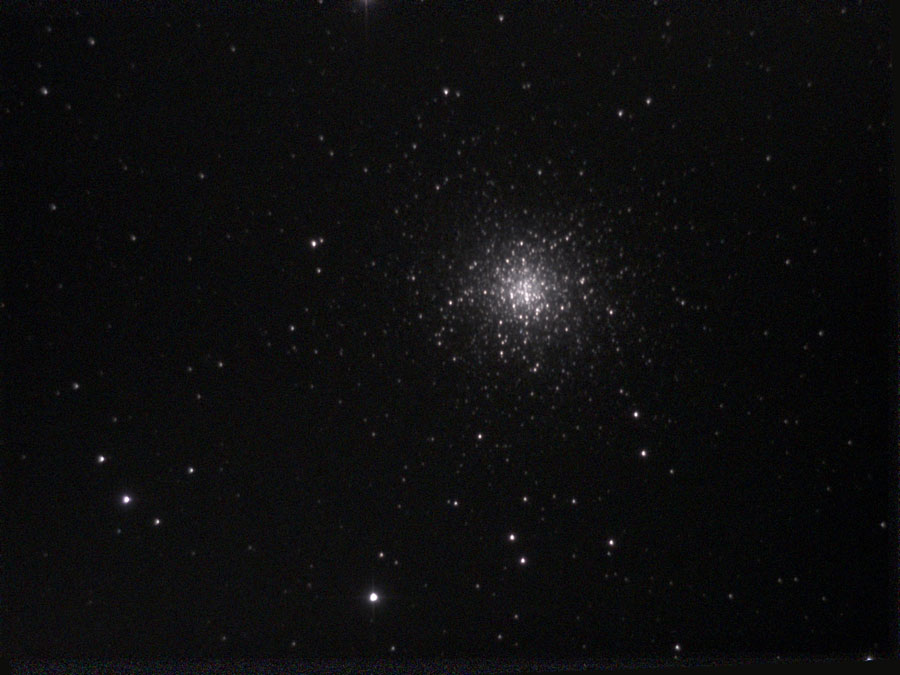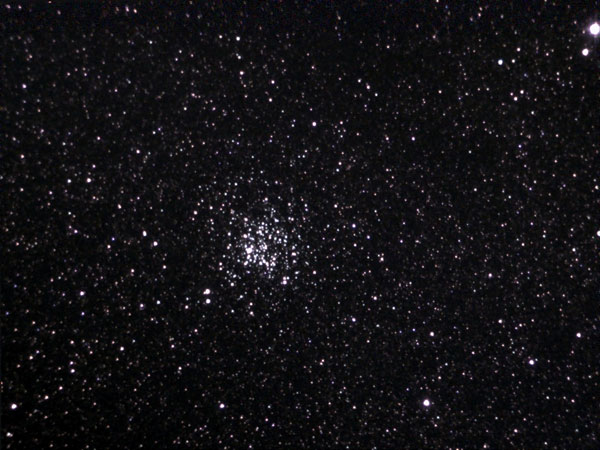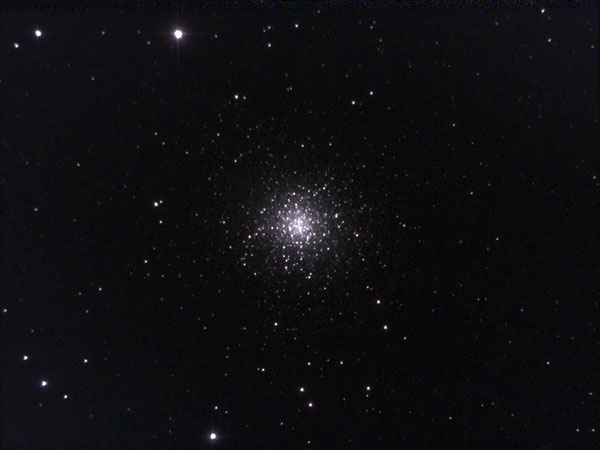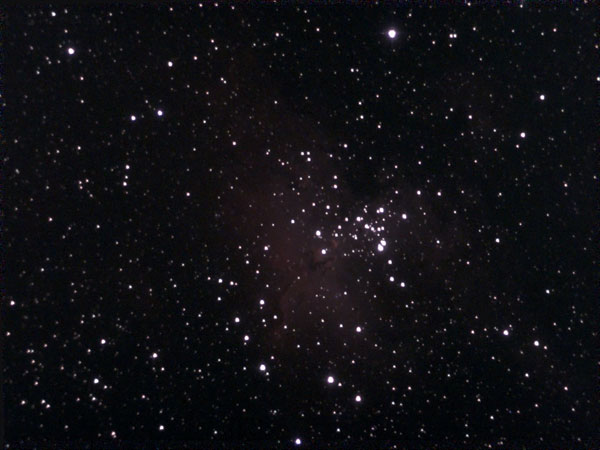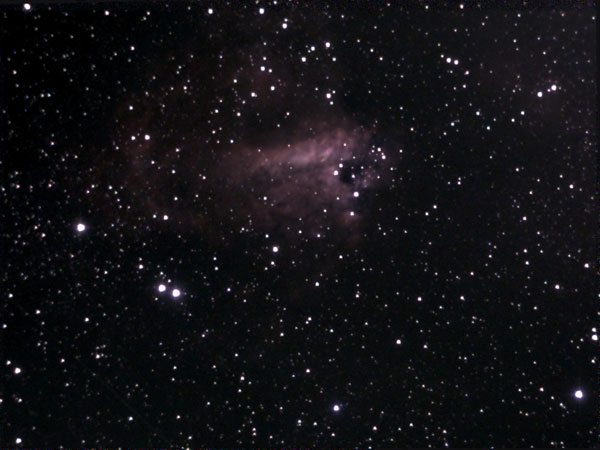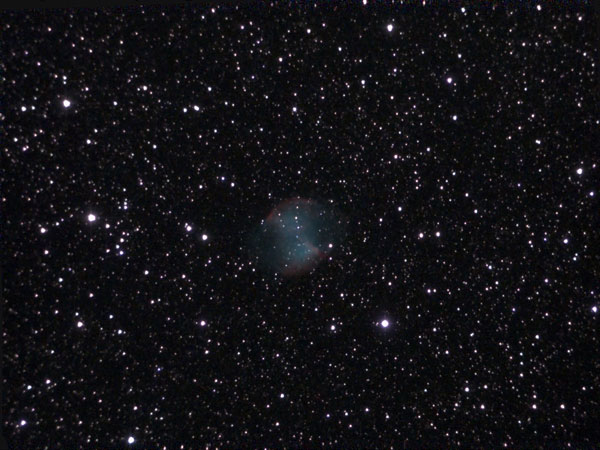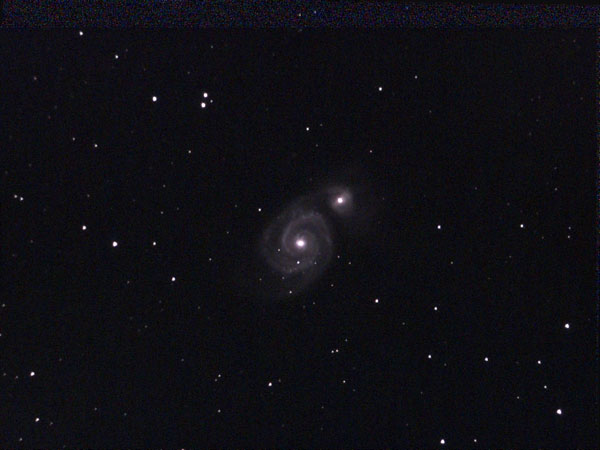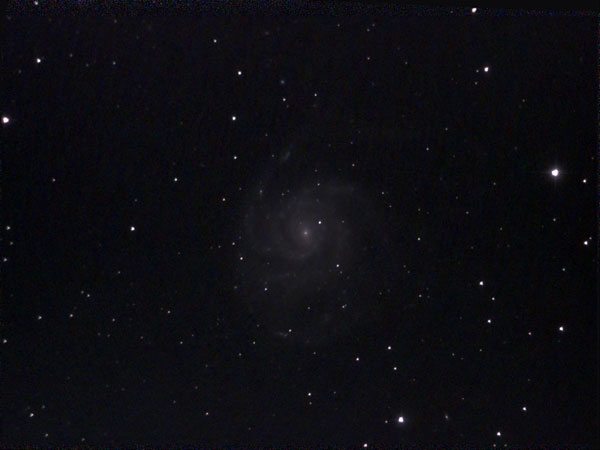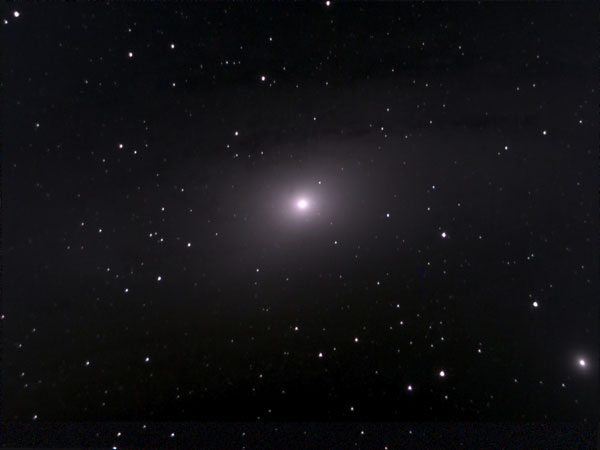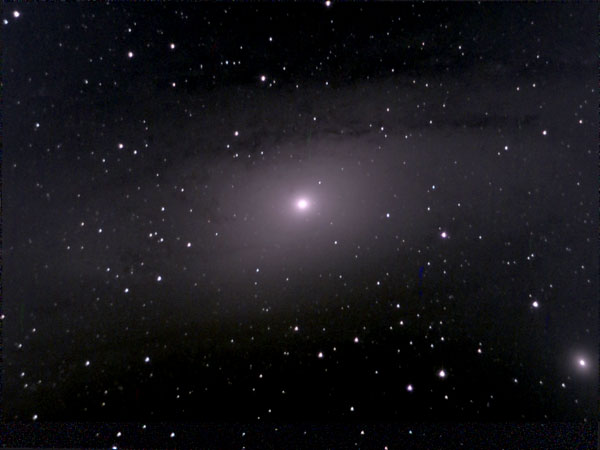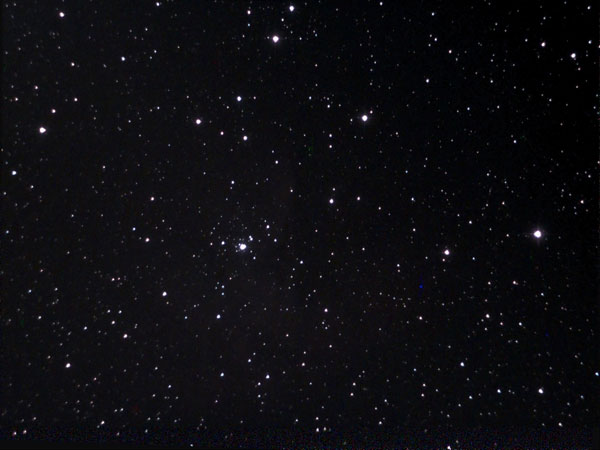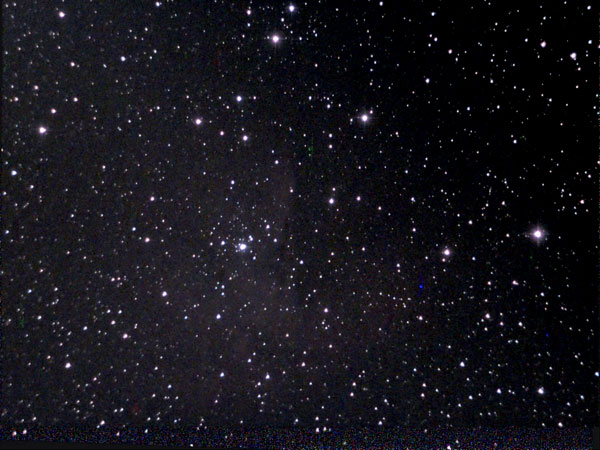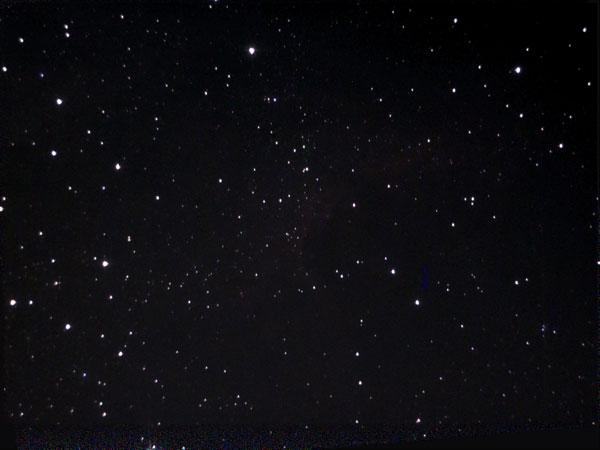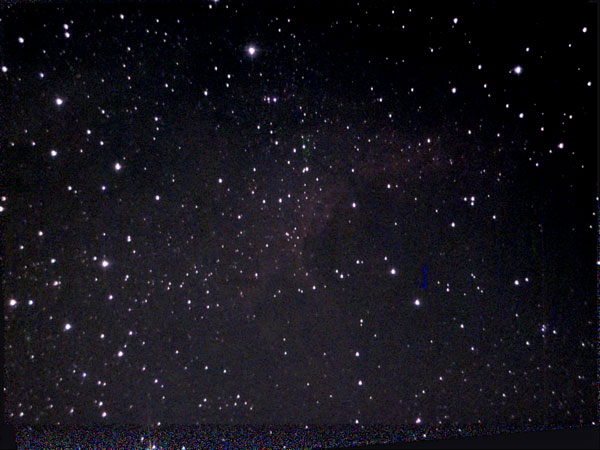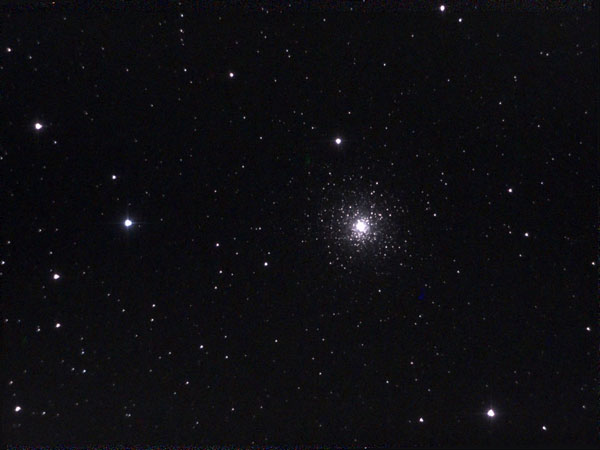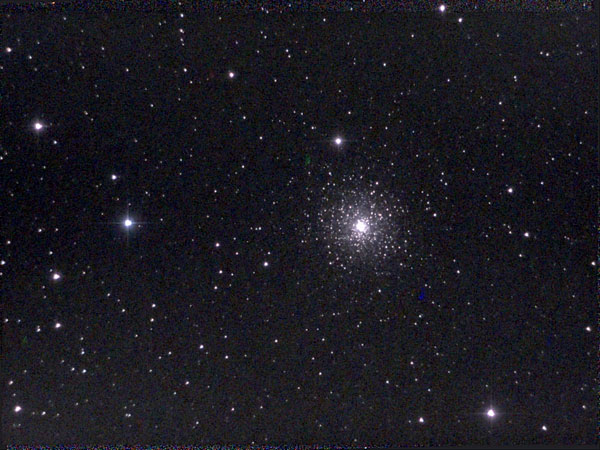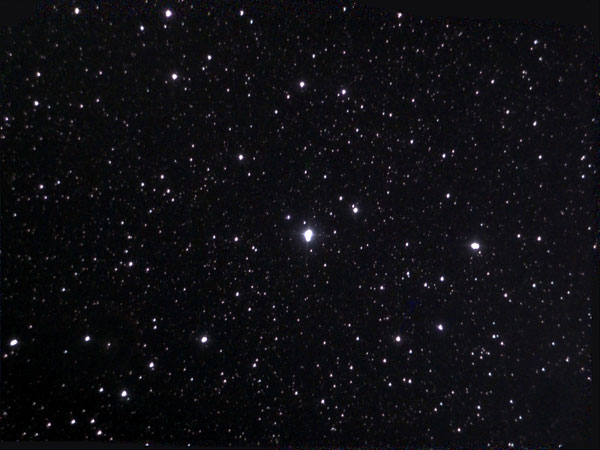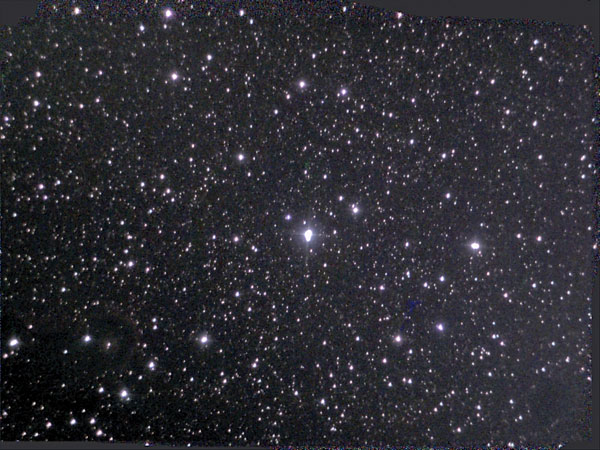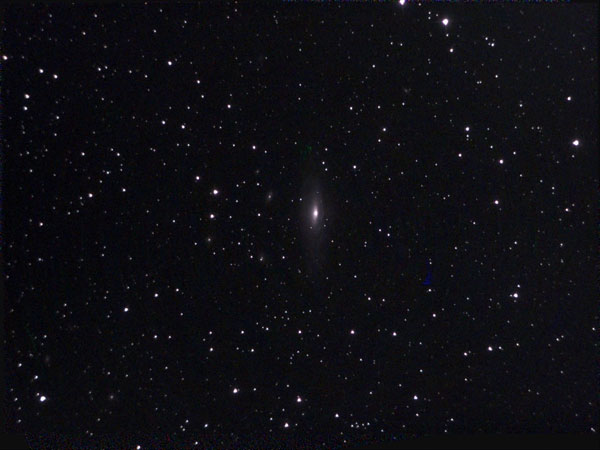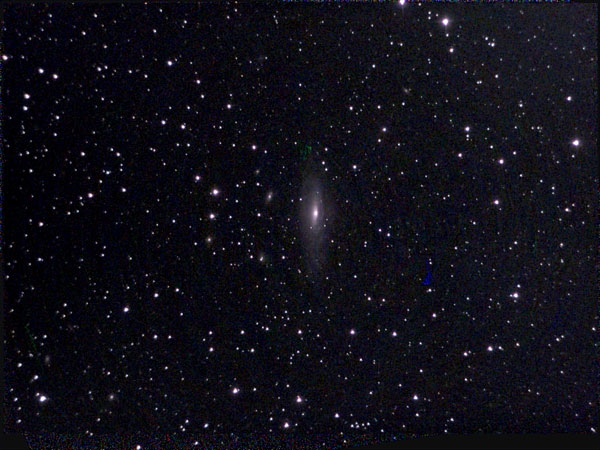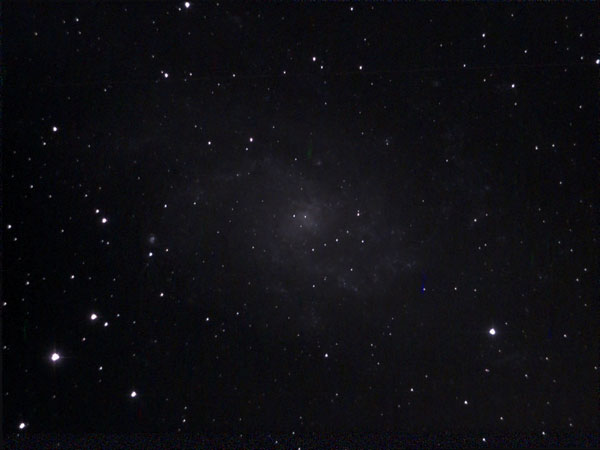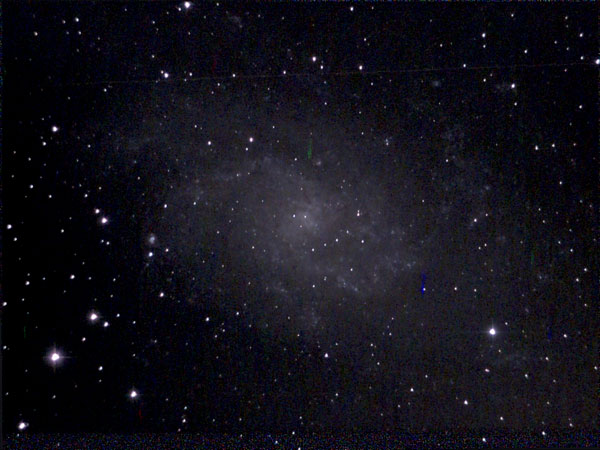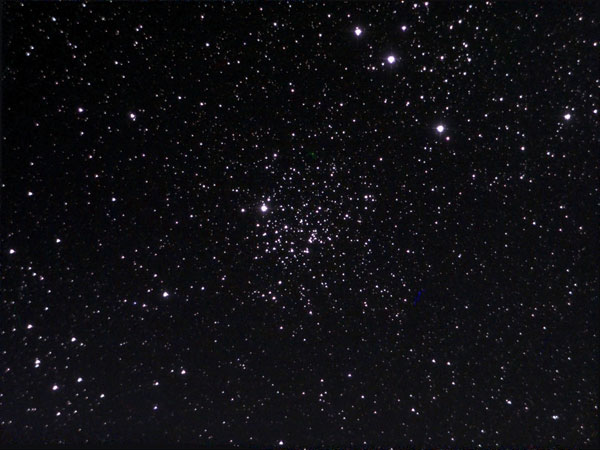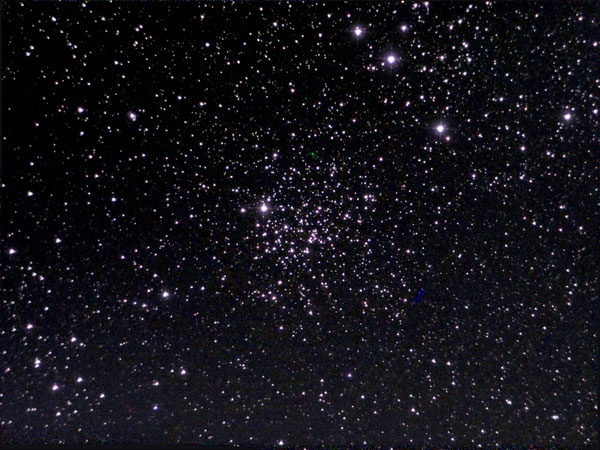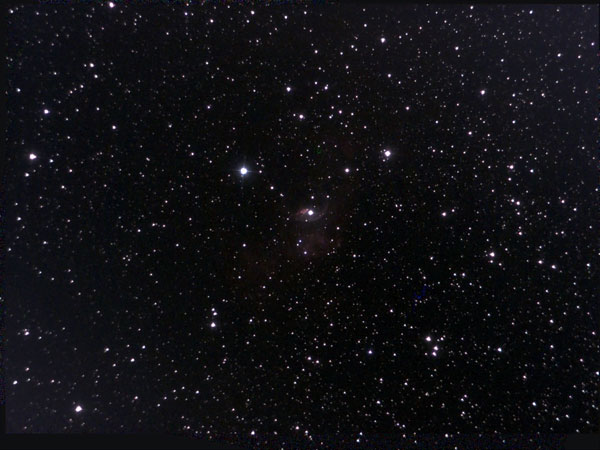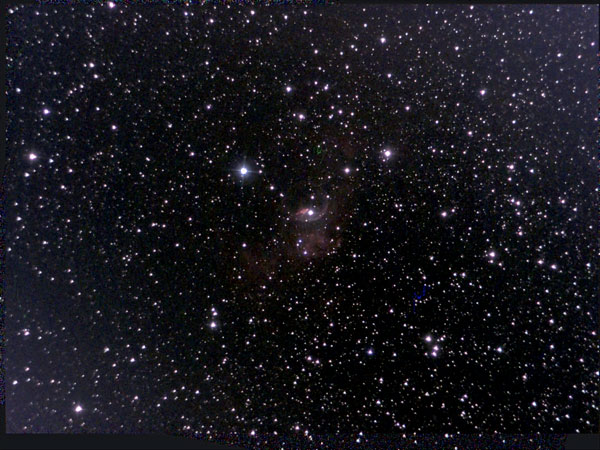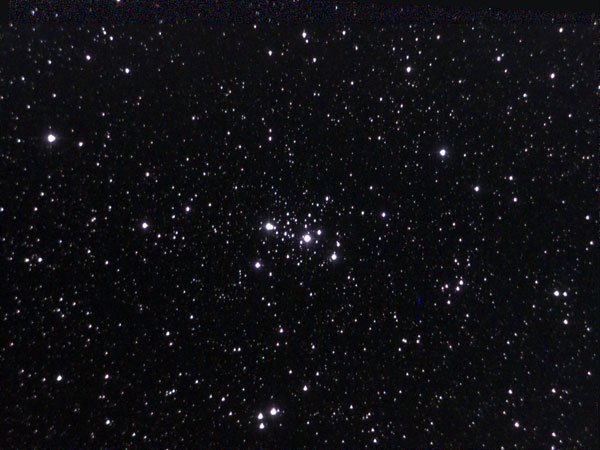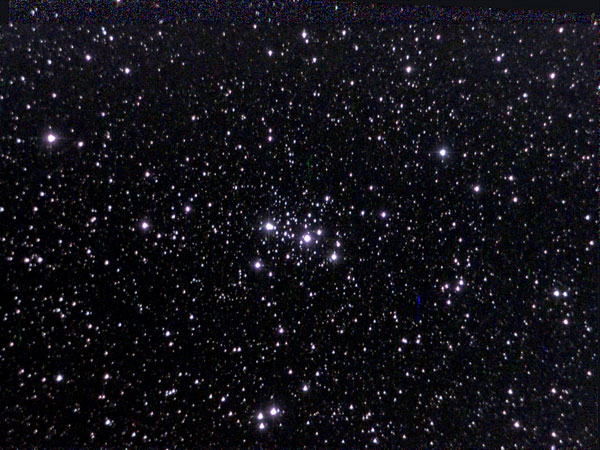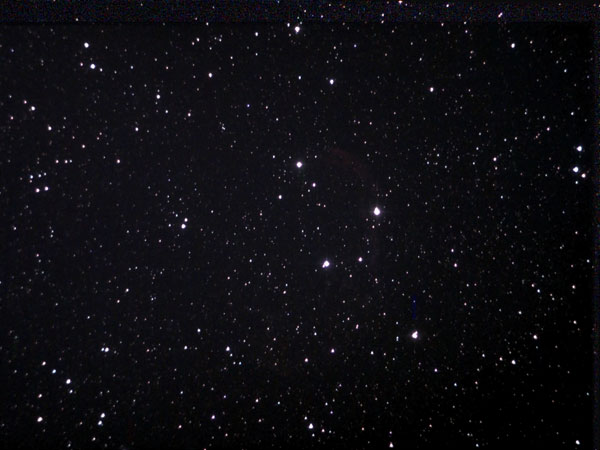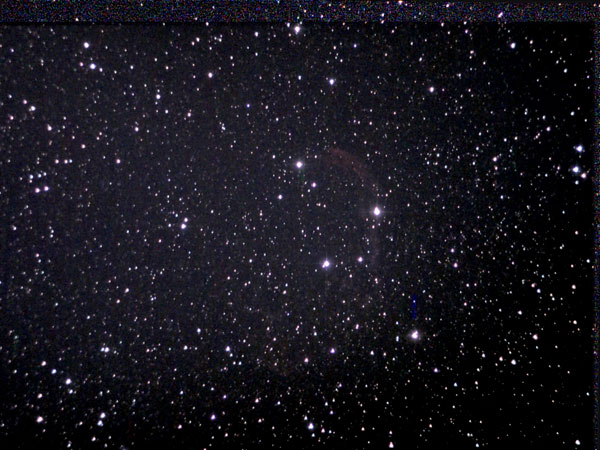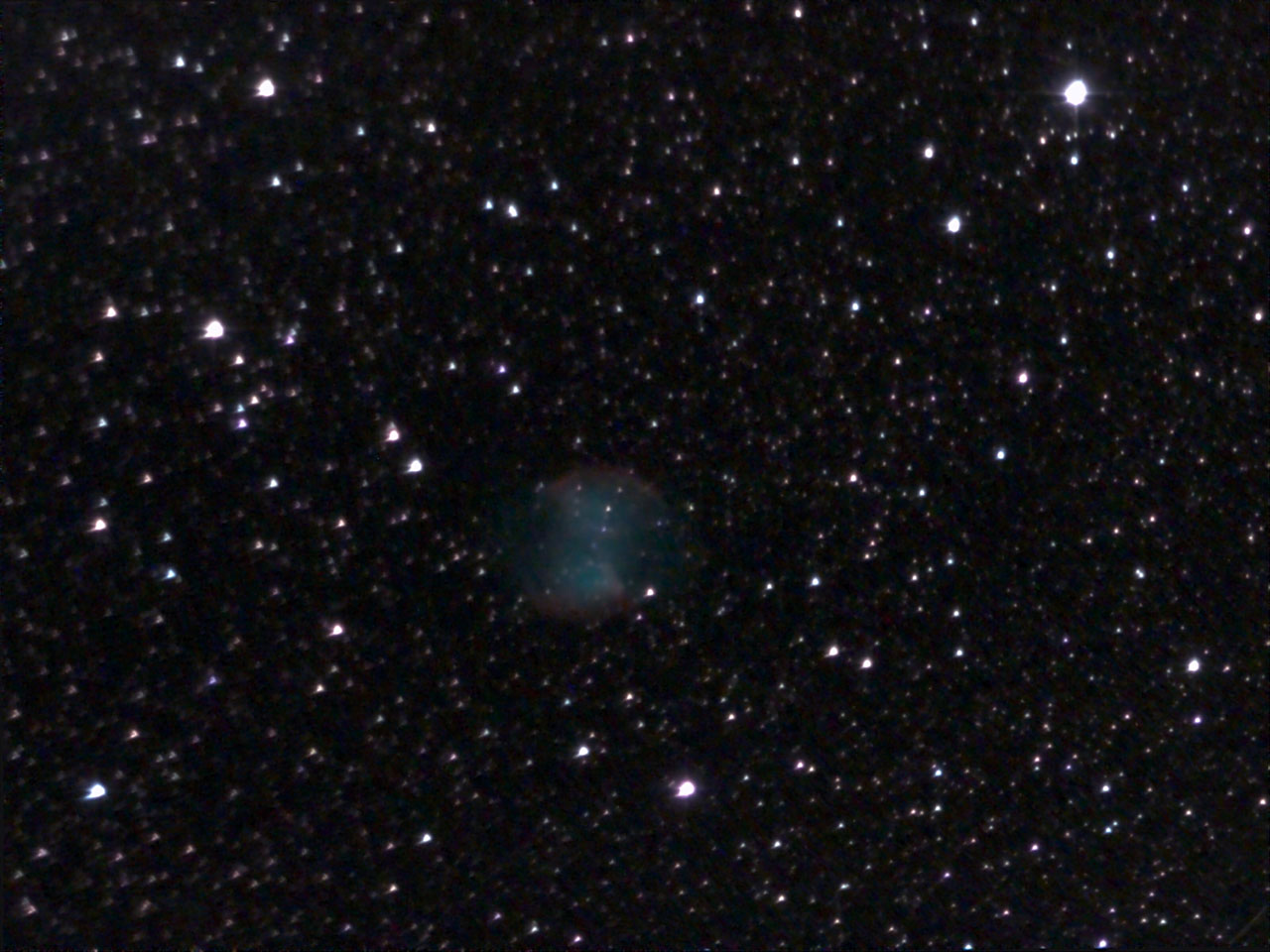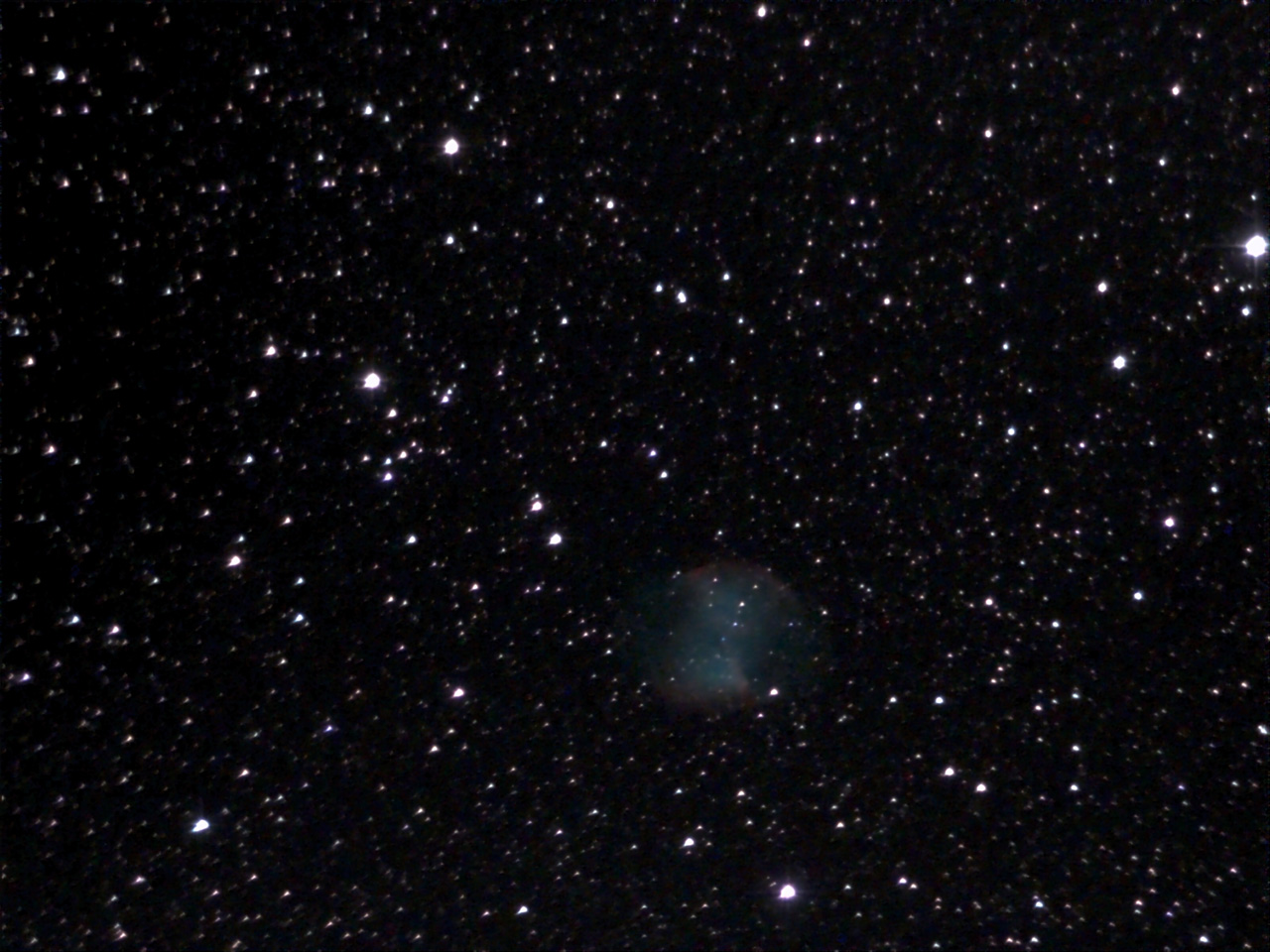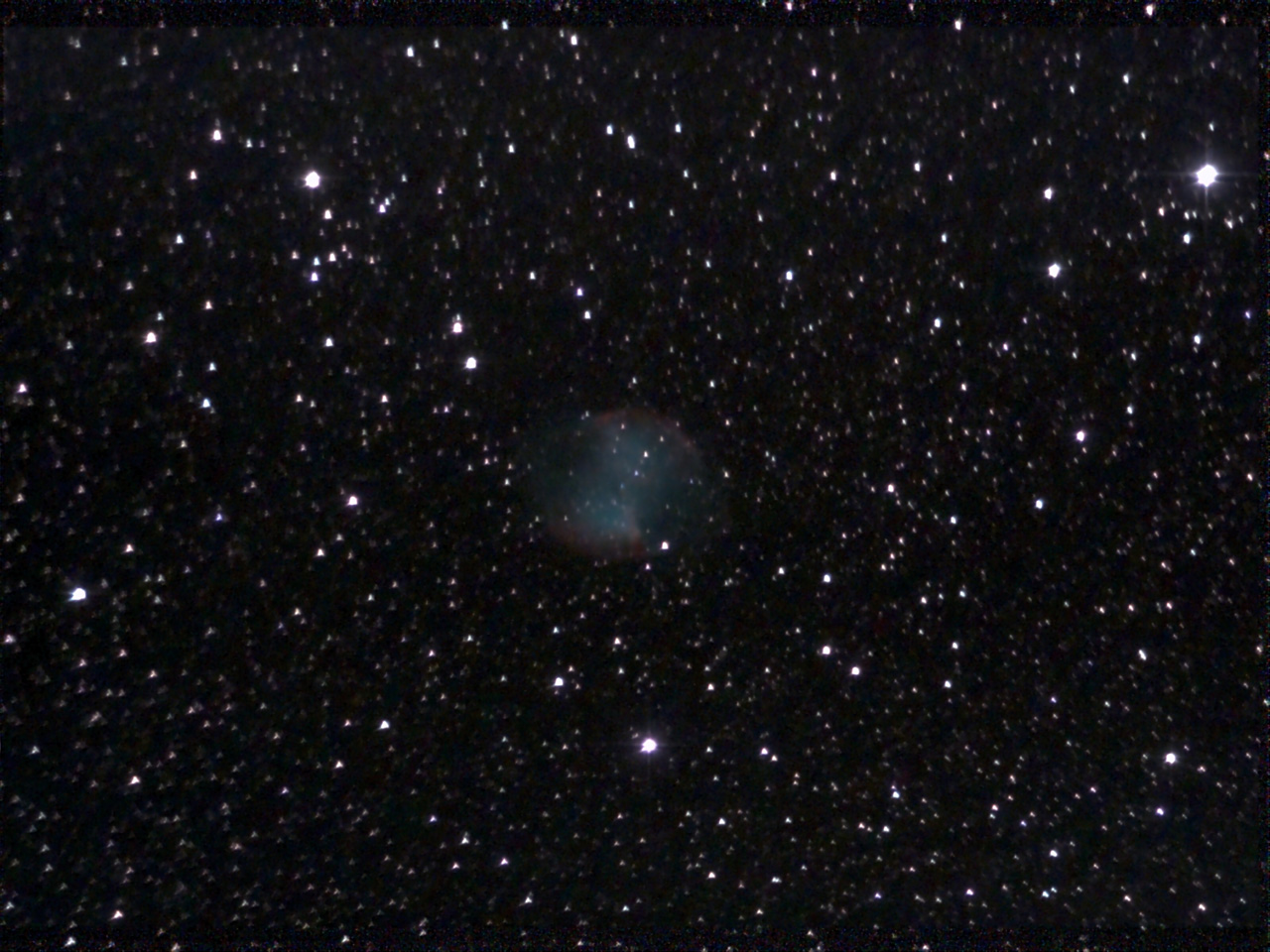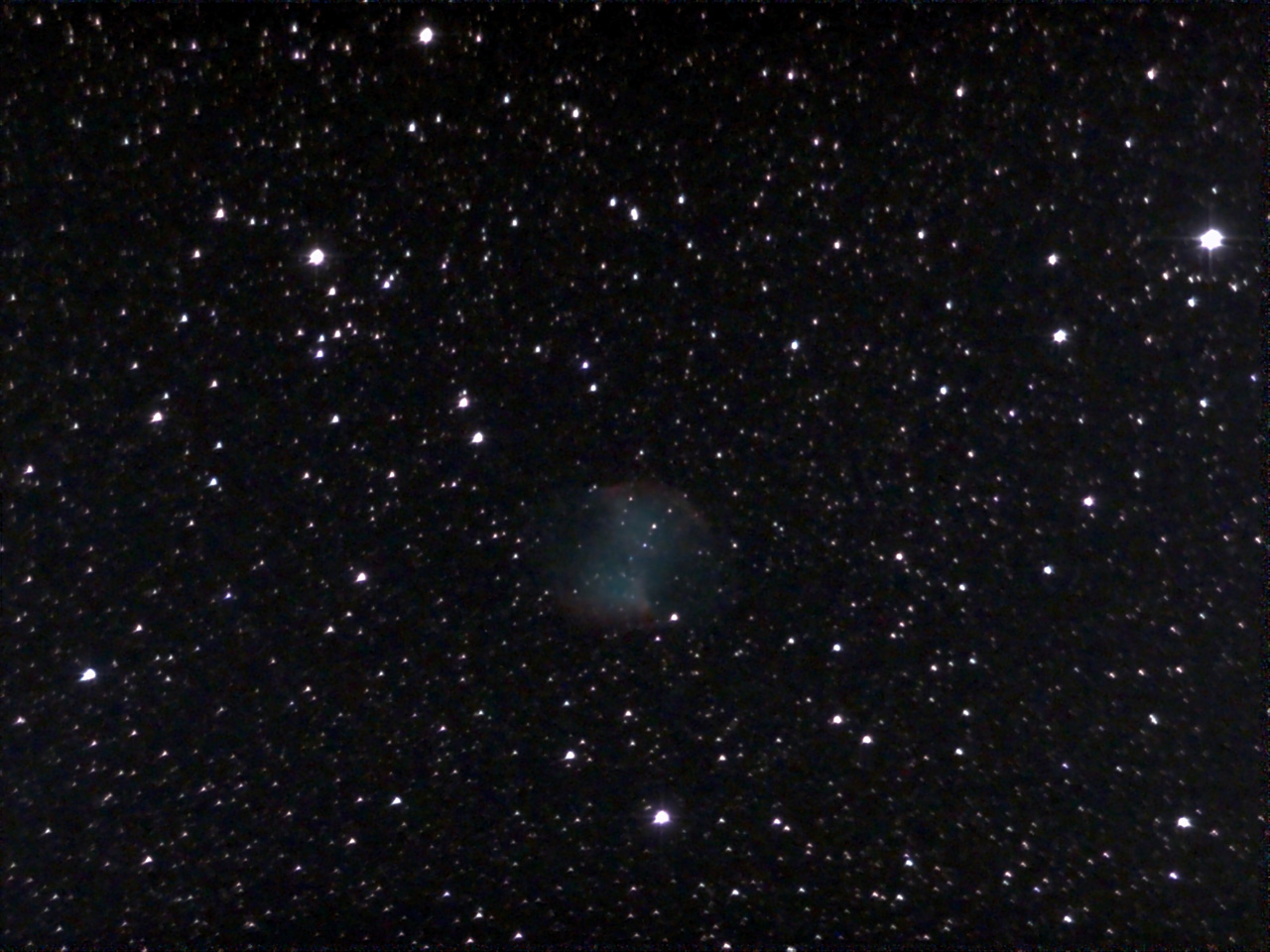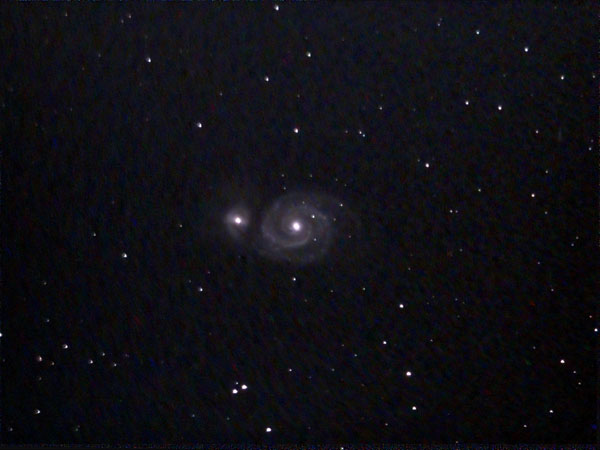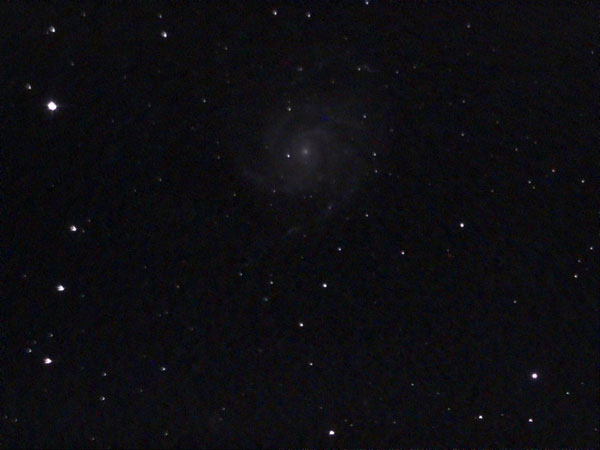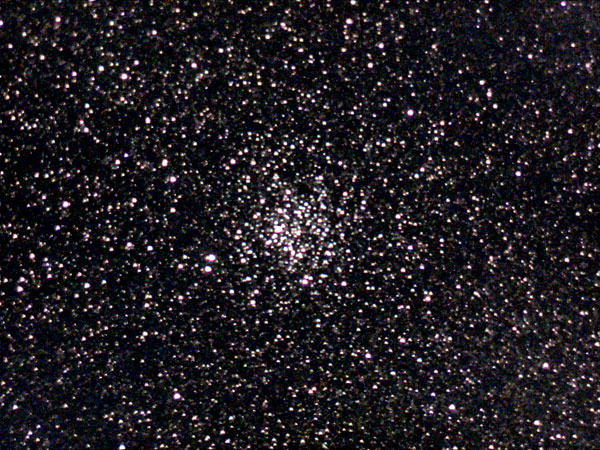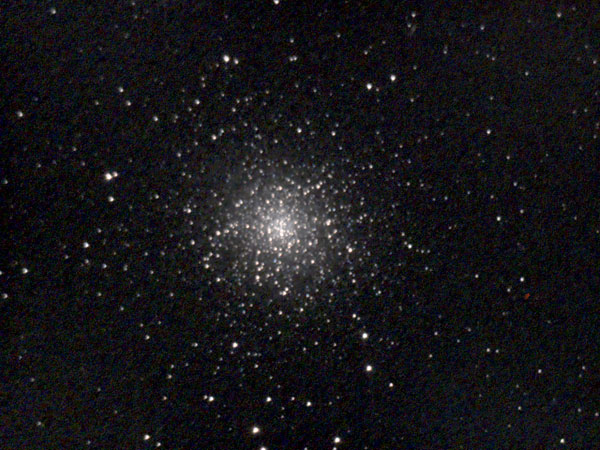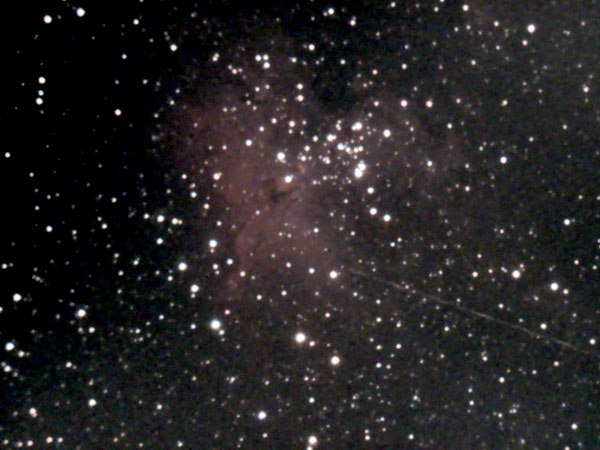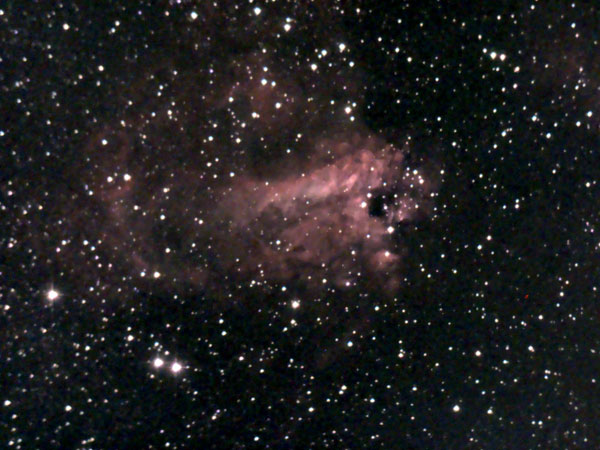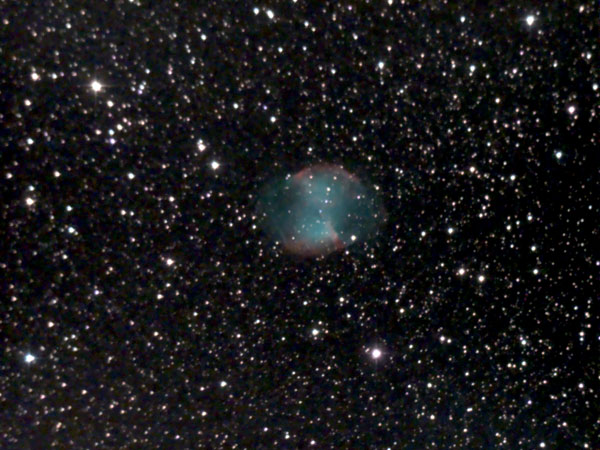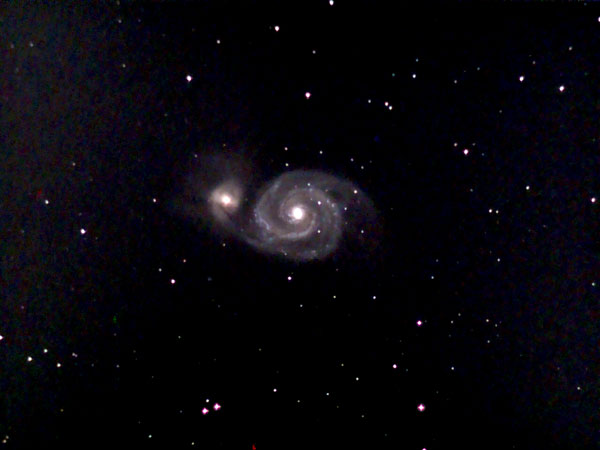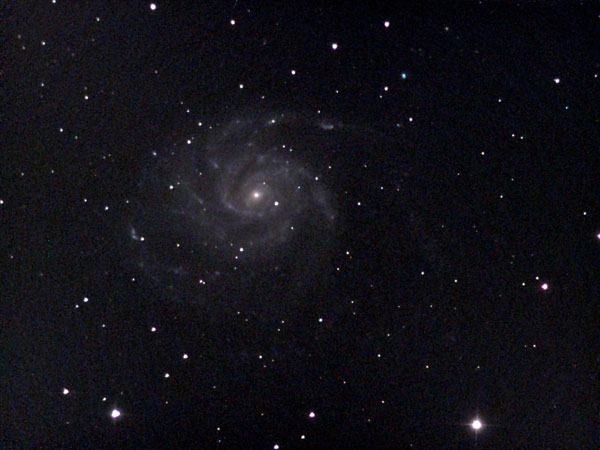Unistellar eVscope 2 - First Experiences
Introduction | Very First Pre-Experiences | Very First Experiences | First Conclusions | Links || Comparisons
Archive
On this page, I describe my first experiences (during observations), or better, results with
the third sample of my electronic 4,5" Newton
telescope Unistellar eVscope 2*.
*) I ordered the eVscope 2 in October 2021; it arrived at the beginning of December, 2021. My third sample arrived on August 22, 2022.
Note: See page Overview of the Unistellar Pages for just that!
| Note: In December 2023, I sold my eVscope 2. For this reason, I will not report any further experiences with this telescope here. |
Introduction
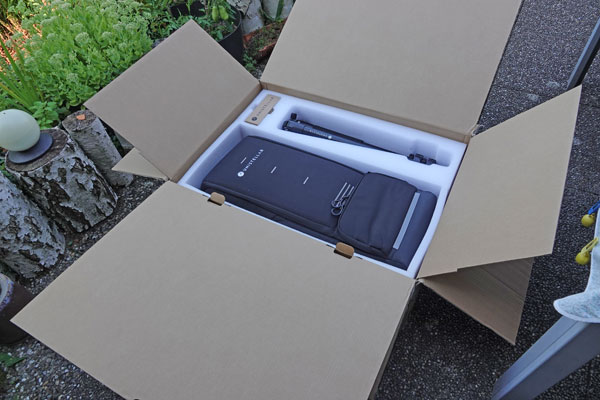 |
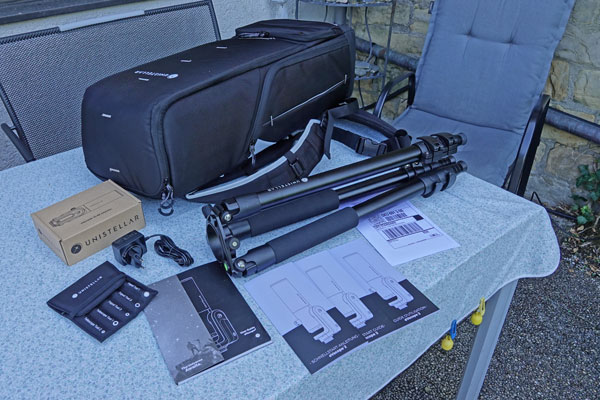 |
|
Photos: My third eVscope 2 (August 22, 2022)
In the following, I report on experiences that I made, or better, results that I got with the third sample of my eVscope 2 during my first observing sessions from August 2022 on.
Very First Pre-Experiences
Unistellar had promised me on July 1, 2022 to send test photos for evaluation before sending the third new sample of the eVscope 2. Instead of several photos, however, I received just one photo of M 13, but only on August 11, 2022, and not in original size:
Sent photo (2048 x 1536; somewhat compressed)
Unistellar comment on the photo: On the edge of the image, the stars are not round due to vignetting, but whatever the mirror, you will have this effect due to the field of view.
My comment on the photo: The photo does not seem to show any noticeable triangular stars. However, in my opinion, the elongated stars in the image corners of are not due to vignetting, but to coma. At f/4, the eVscope 2 is a "fast" Newtonian and thus, particularly susceptible to coma. This is so to say "principle-conditioned" and cannot be avoided. I therefore did not object to sending this eVscope 2 sample to me, and I was curious when the eVscope 2 would arrive at my place and which experiences I would gather with it...
Very First Experiences
In the following, I reports on my first three observation sessions with my eVscope 2 (third sample).
Observations August 22, 2022, Mühlhausen
On August 22, 2022, my third eVscope 2 arrived, and on the same evening I was already able to take first test pictures. For the first time, I used app version 2.0(.2) to which I had to get accustomed to.
Equipment: eVscope 2 (third one), iPad, iPhone 7; Time: after 21:30 until about 24; Sky: SQM: 19,4...20,1
Order: M 13, (M 27), M 13 (it was called M 27), (M 27), M 51, M 101, (M 27), (M 57), M 17, M 11, M 16, M 27.
It took me 4 to 5 attempts on M 27 to find this object; on the 4th attempt, the eVscope 2 was close, but I got muddled when changing the section (too fast). M 57 was not found either...
App problems: Twice, the app named the new GoTo object after the old one, correctly accessed the new object, but named it wrong in the overlay....
This was the first use of my third sample of the eVscope 2. I did not record a dark frame and did not check collimation, but only adjusted the focus using stars and later checked the result with the Bahtinov mask.
Conclusions: The photos taken with this sample look much better than those of the predecessors, but they are not flawless. Especially at the left edge there are still triangular stars, but I leave it like that now and keep this sample.
Photos
Observations October 22, 2022, Mühlhausen: Long Exposures, Comparison with Vaonis Vespera
On October 22,2022, I observed and photographed with the Vaonis Vespera and the eVscope 2, using exposure times of up to 30 minutes. I approached the following deep sky objects (in this order):
- M 27, M 31, IC 5070, IC 5146
This comparions is reported on page Photo Comparison against Vaonis Vespera - Part 3 Fotovergleich mit Vaonis Vespera - Teil 3 in more detail. Here, I just present the eVscope 2 photos with the lomngest durations in enhanced vision mode.
Photos
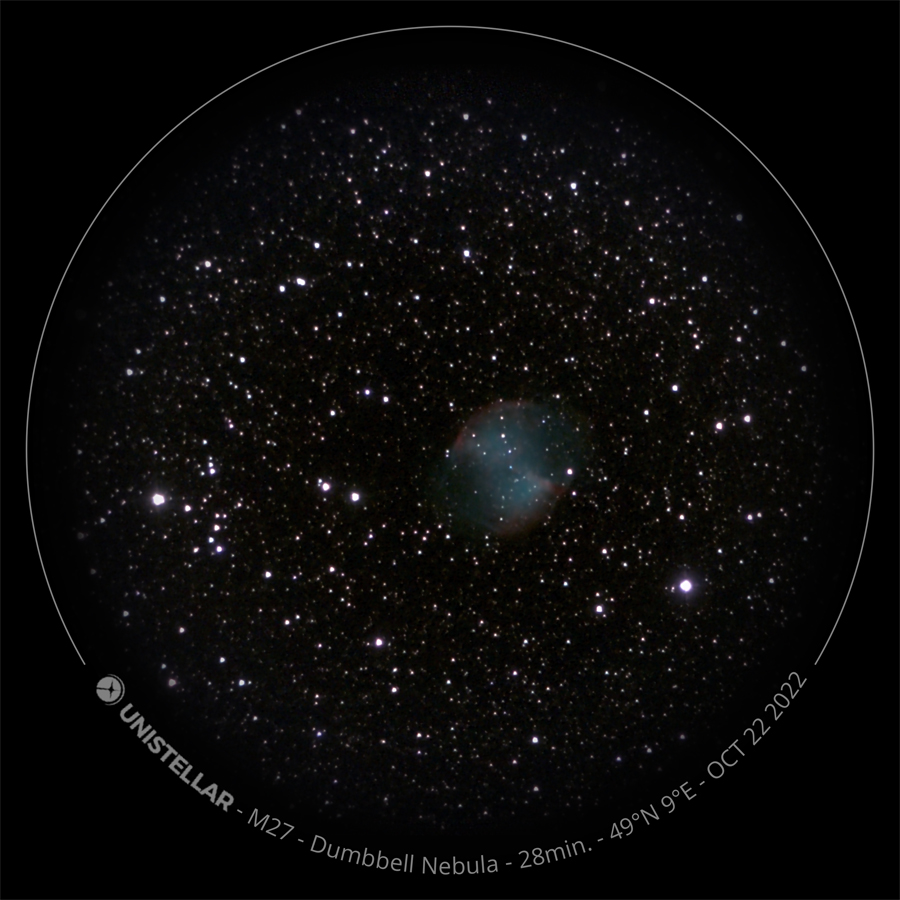 |
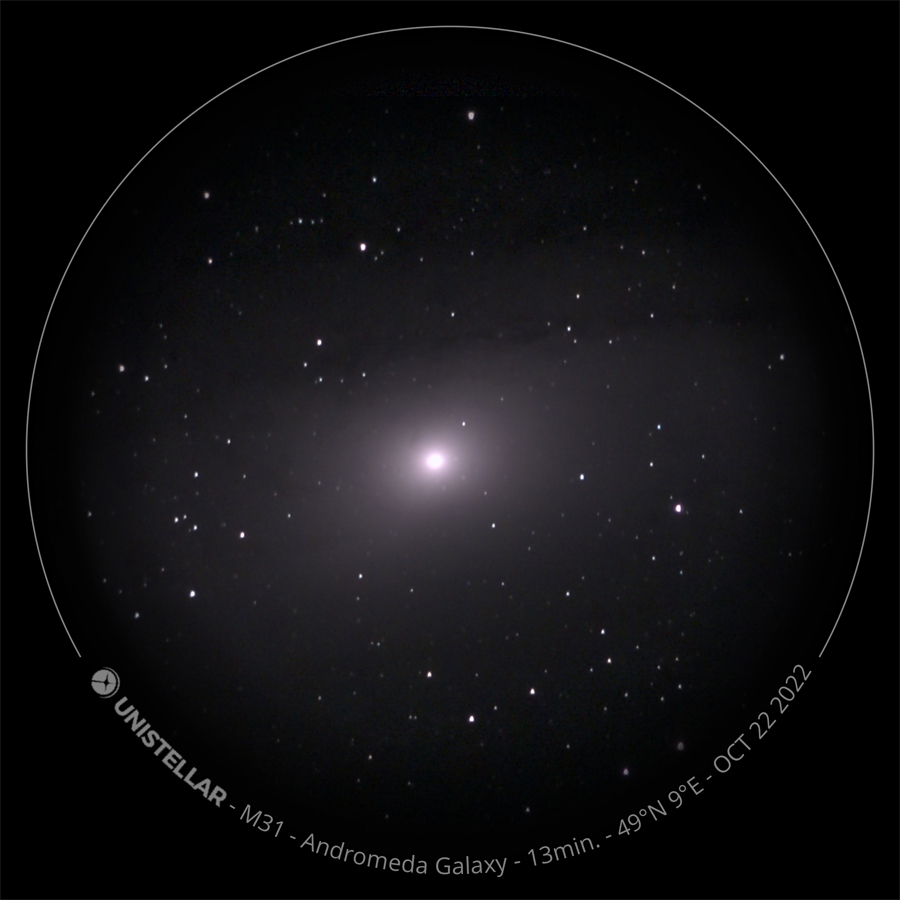 |
|
M 27, Oct 22, 2022 - 28 min |
M 31, Oct 22, 2022 - 13 min |
|
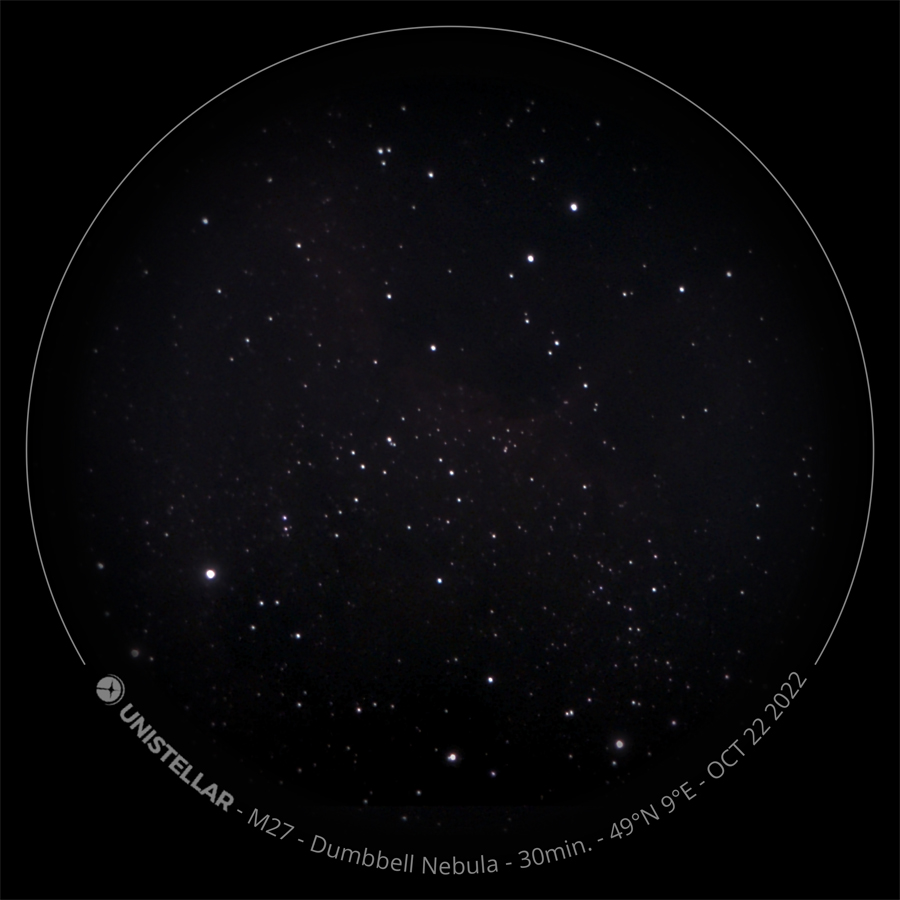 |
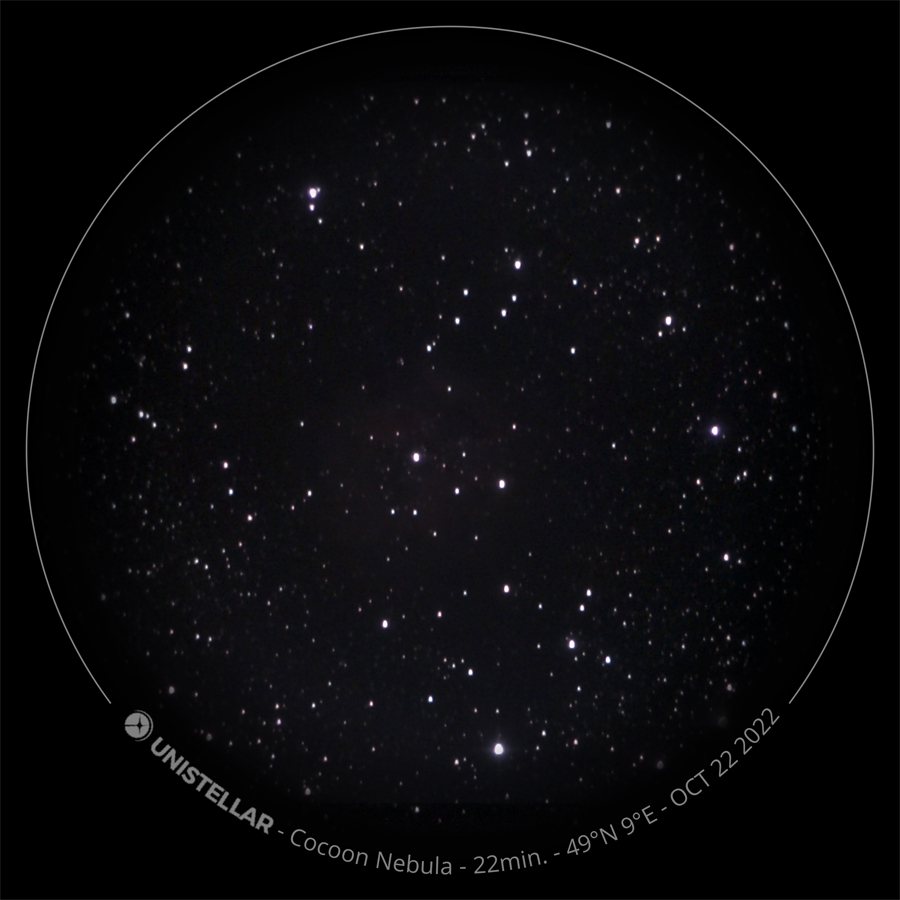 |
|
IC 5070 (wrong label), Oct 22, 2022 - 30 min |
IC 5146, Oct 22, 2022 - 22 min |
This comparison shows that the eVscope 2 (and the eVscope as well) shows large-area nebulae even after a longer dwell time in EV mode only very faintly. It must, however, be said that when observing, the objects on the screen always look much brighter than when viewed later. Post-processing the photos can partially bring out the objects, but often the objects still do not look good. In this aspect, the Vaonis Vespera seems to deliver much better photos. Here is an example (IC 5070):
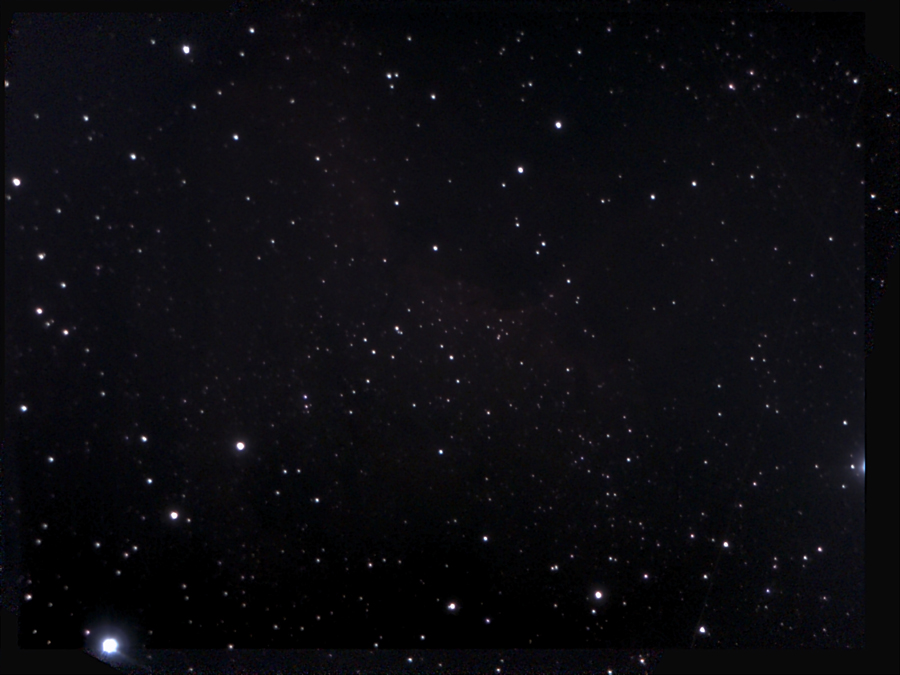 |
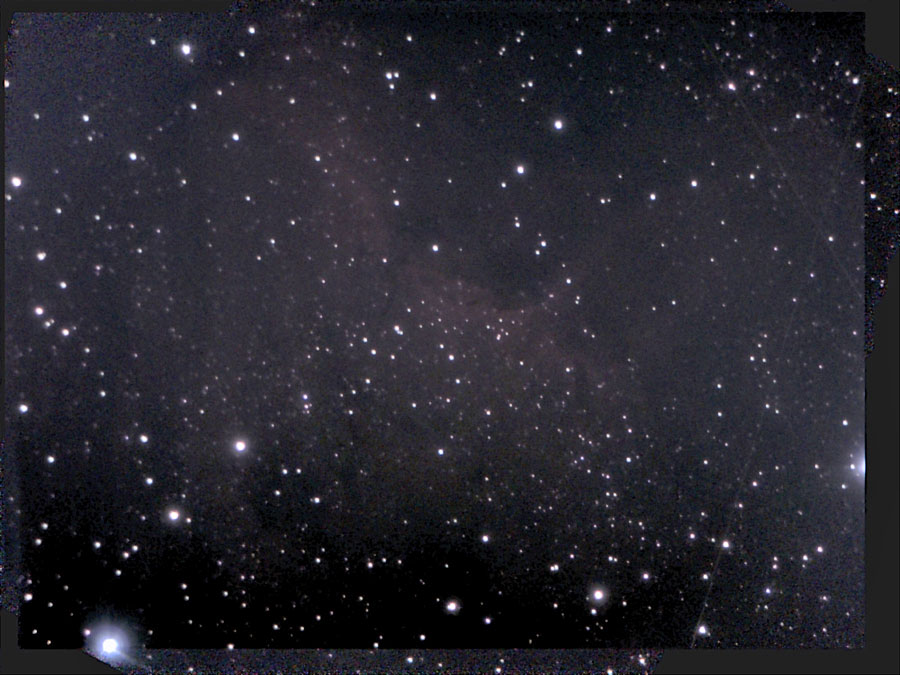 |
|
eVscope 2: IC 5070 (30 min) |
eVscope 2: IC 5070 (30 min), made brighter |
|
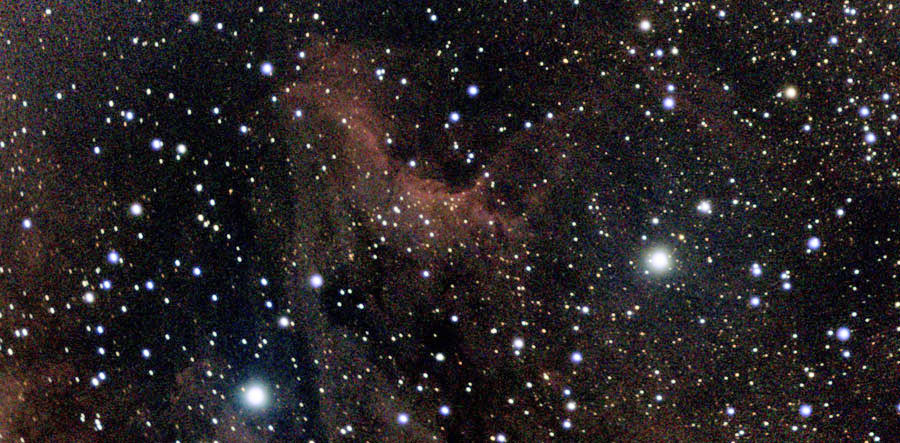 |
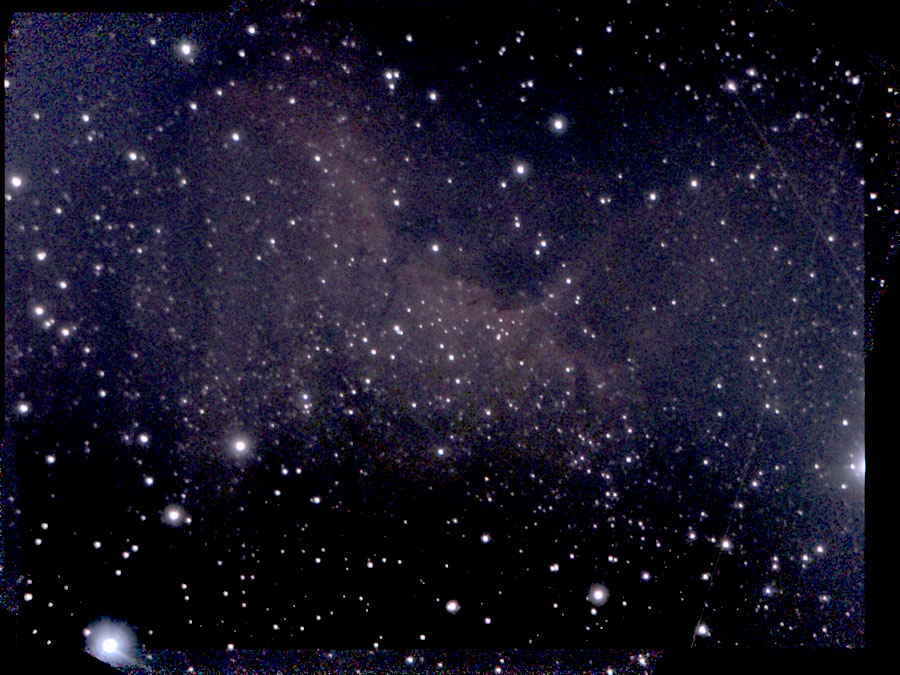 |
|
Vespera: IC 5070 (30 min), made brighter, for comparison |
eVscope 2: IC 5070 (30 min), made brighter, contrast enhanced |
November 2, 2022, Mühlhausen
On this third observation evening with the new eVscope 2, I partially attempted to photograph DSO that I had observed the day before with the Vaonis Vespera.
Equipment: iPhone 7, Time: after 6:00 p.m. until about 9:45 p.m.; Sky: SQM 17...18 at the beginning, 19 at 6:45 p.m., later lower because of the moon... sky covered with thin clouds, moon "hazy"...
Order: M 31 (called M 33), NGC 281 (Pacman Nebula; 10 min), IC 5070 (called Pacman; 10 min), M 15 (centered poorly; 5 min), IC 1396 (Elephant's Trunk; 11 min), NGC 7331, (NGC 7293), M 33 (still NGC 7331...; 10 min), M 52 (still NGC 7331; 7 min), NGC 7635 (Bubble Nebula, 13 min), M 103 (6 min), NGC 6888 (Crescent Nebula; 17 min)
App problems: Several times, the app named the new GoTo object after the old one, correctly accessed the new object, but named it wrong in the overlay... This error seems hard to correct...
Photos
This observation session once again reveals the weakness of the eVscope (2) with respect to large-area nebulae, which are clearly too dark on the photos, at least in retrospect. This can only be improved to a limited extent by post-processing.
First Conclusions
The first three observation sessions confirm my long-held suspicion that the eVscope 2 cannot fulfill the expectations placed in it based on the first demonstration photos provided by Unistellar. Sometimes, the original eVscope even seems to deliver better results. It is therefore unclear to me how Unistellar can justify the large price difference. A new sensor and a new eyepiece cannot, in my opinion, justify this price difference between the models - and otherwise there are, as it seems, no significant differences between the two model series.
| Note: In December 2023, I sold my eVscope 2. For this reason, I will not report any further experiences with this telescope here. |
Links
- Unistellar Website: unistellaroptics.com
- See also my page offering Astronomy Links.
Appendix: Comparisons
Comparisons between my three eVscope 2 Samples
Since I observed at least some of this evening's objects with the previous eVscope 2 samples, it is obvious to compare such photos. For this purpose, I choose unprocessed versions, even if they are sometimes too dark to compare better. Of course, the observing conditions were very different on the different dates.
Comparisons with the Original eVscope
Comparisons with the Vaonis Vespera
The photos are scaled to appear approximately according to their different sizes. Vespera photos are typically smaller than the 1920 x 1080 sensor format because they are automatically cropped.
Vaonis Vespera (1920 x 1080) |
Unistellar eVscope 2 (1280 x 960), 3rd Sample |
|
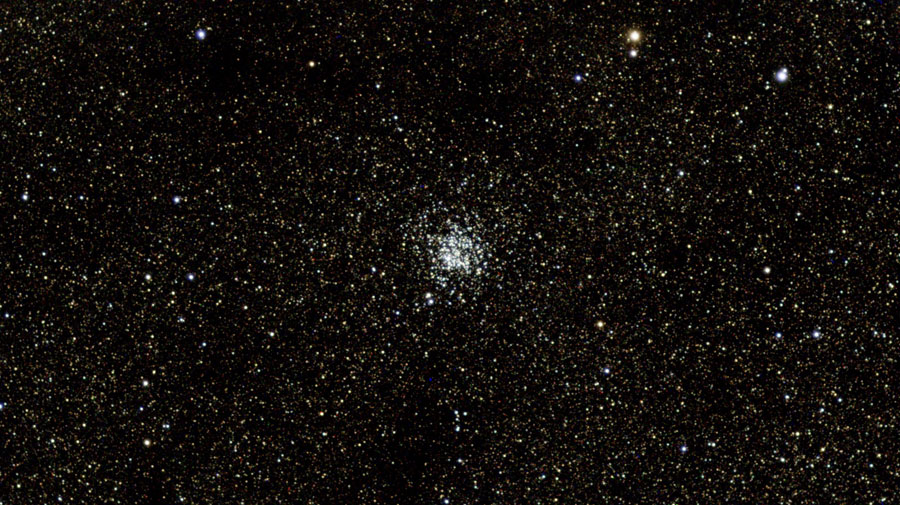 |
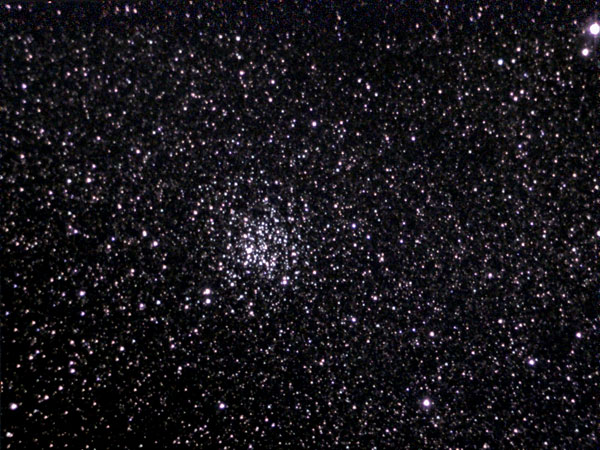 |
|
M 11, Jul 31, 2022 - original (18 frames = 180 seconds) |
M 11, processed | |
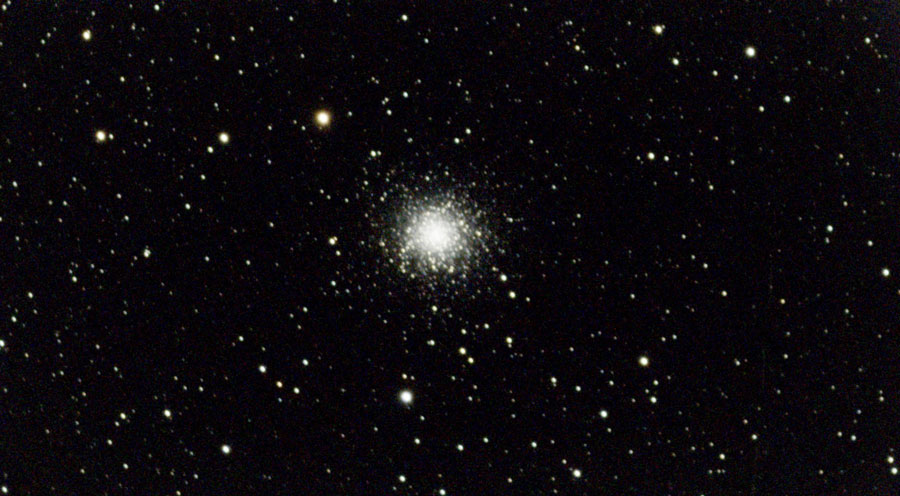 |
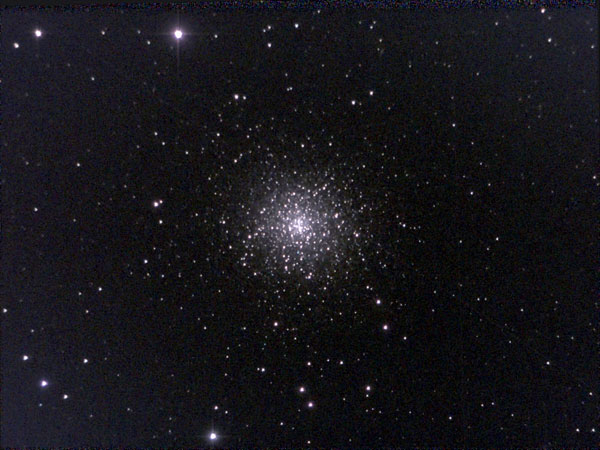 |
|
M 13, Aug 6, 2022 - original (40 frames = 400 seconds) |
M 13, processed |
|
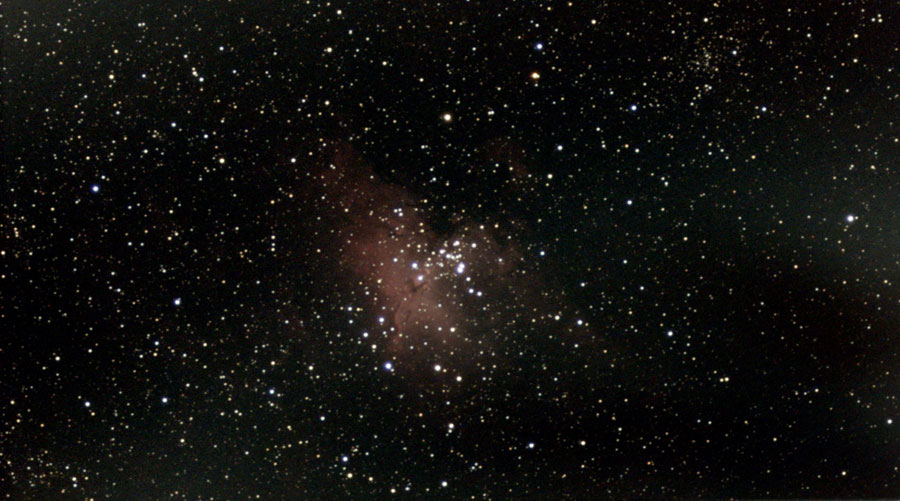 |
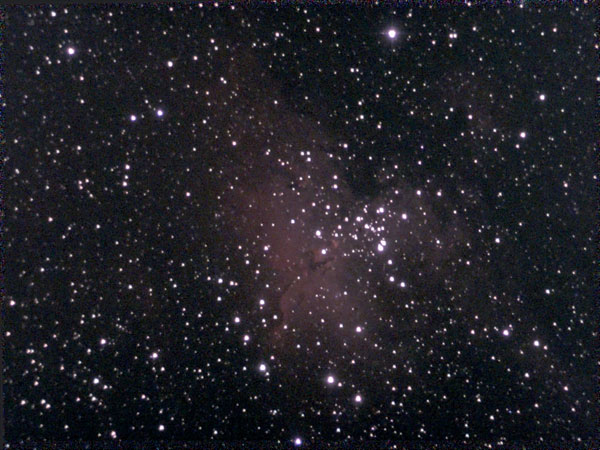 |
|
M 16, Aug 15, 2022 - original (90 frames = 900 seconds) |
M 16, processed |
|
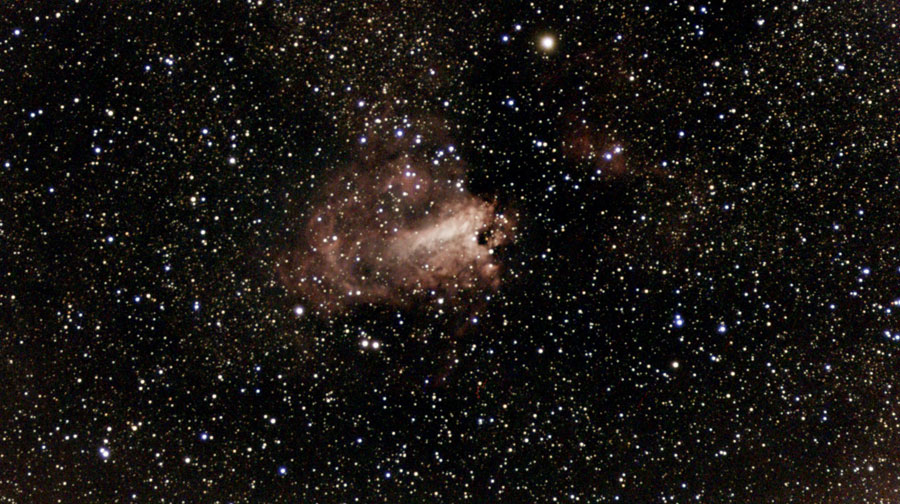 |
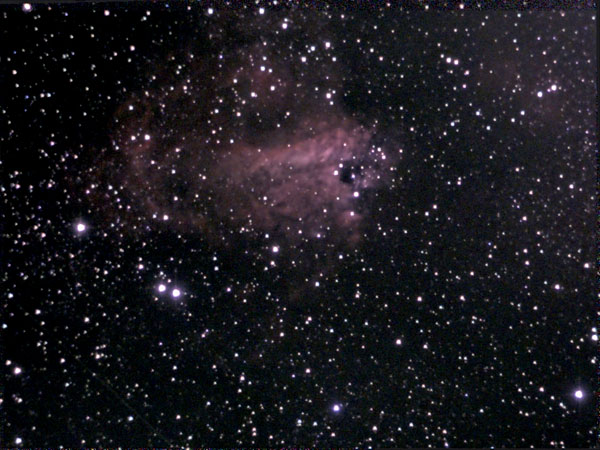 |
|
M 17, Aug 16, 2022 - original (92 frames = 920 seconds), autofocus renewed |
M 17, processed |
|
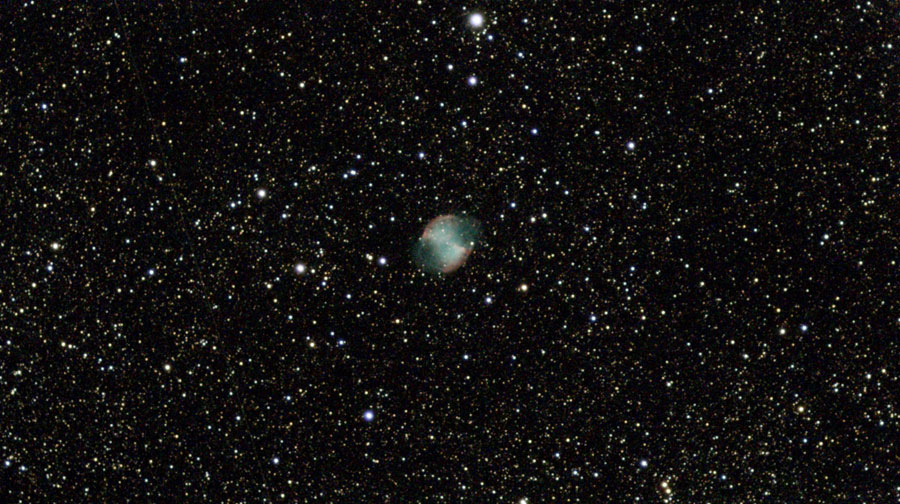 |
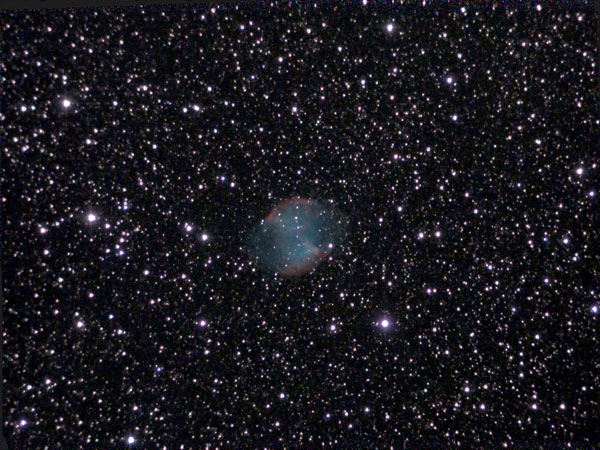 |
|
M 27, Aug 12, 2022 - original (45 frames = 450 seconds) |
M 27, processed |
|
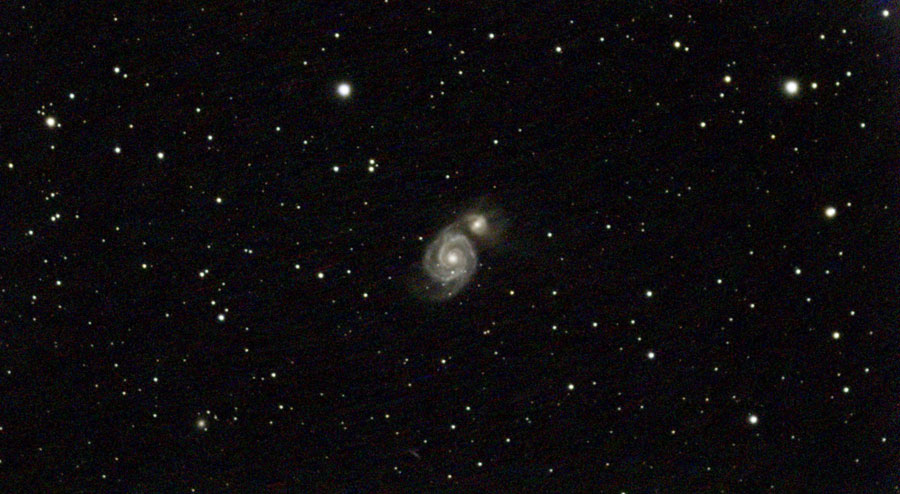 |
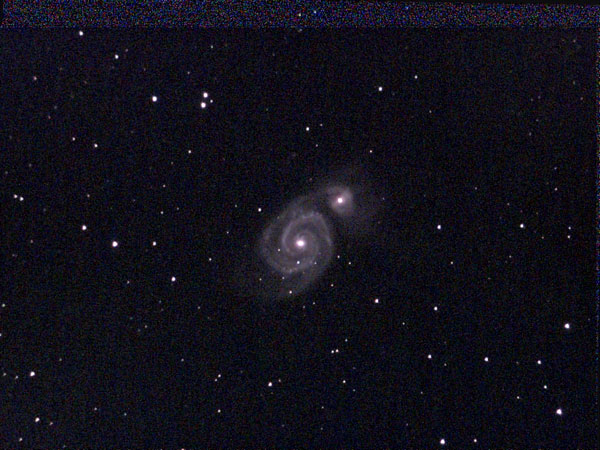 |
|
M 51, Aug 7, 2022 - original (122 frames = 1220 seconds) |
M 51, processed |
|
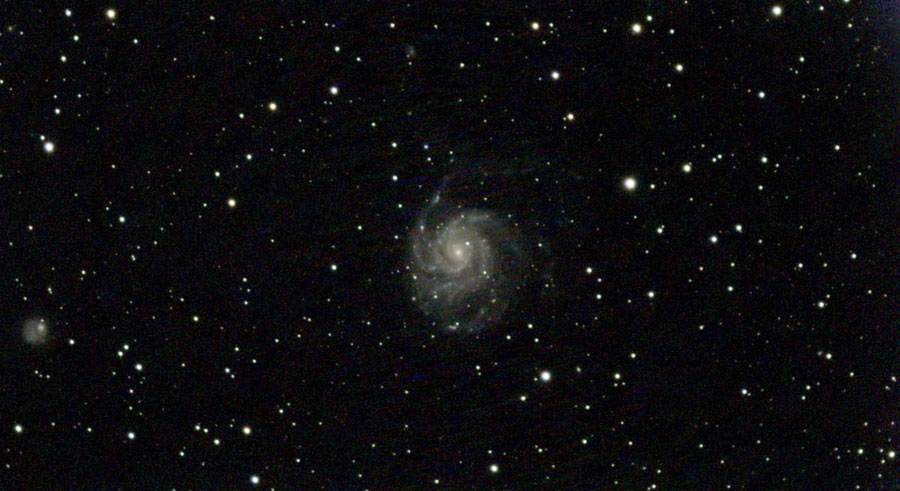 |
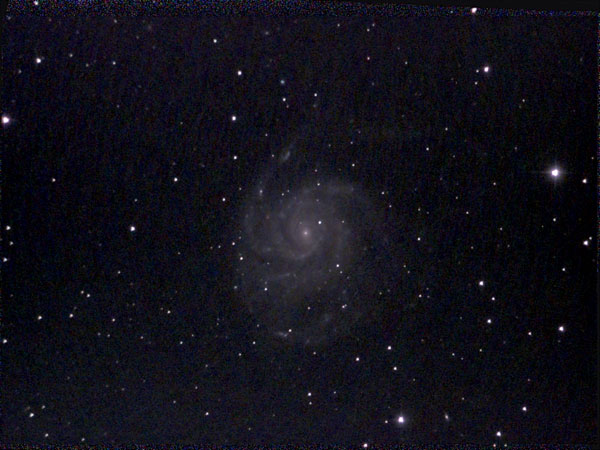 |
|
M 101, Aug 7, 2022 - original (191 frames = 1910 seconds) |
M 101, processed |
| 11.06.2024 |
